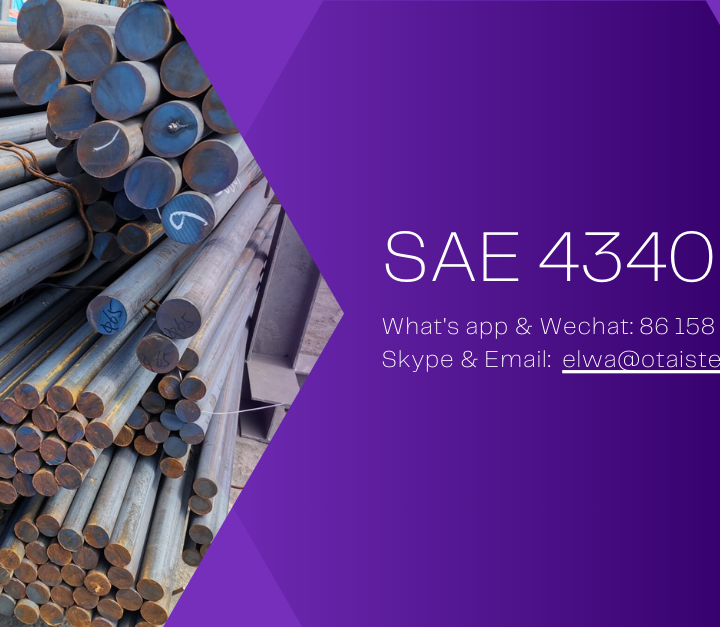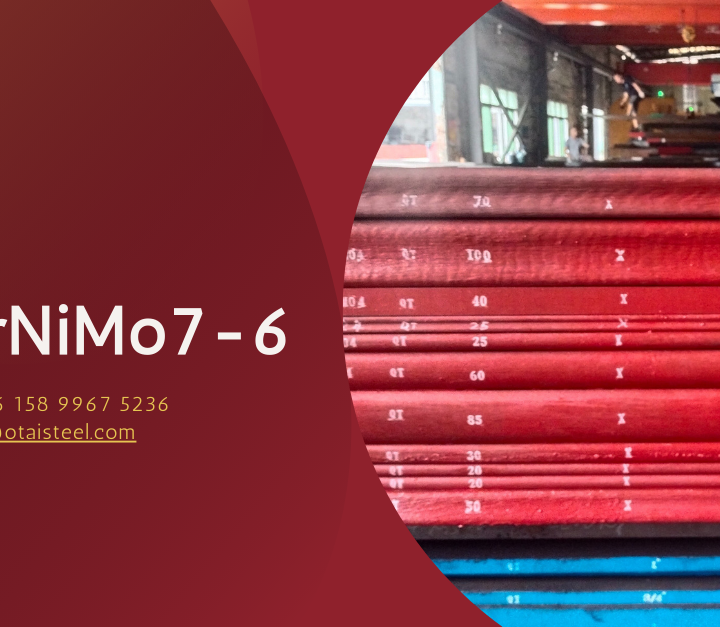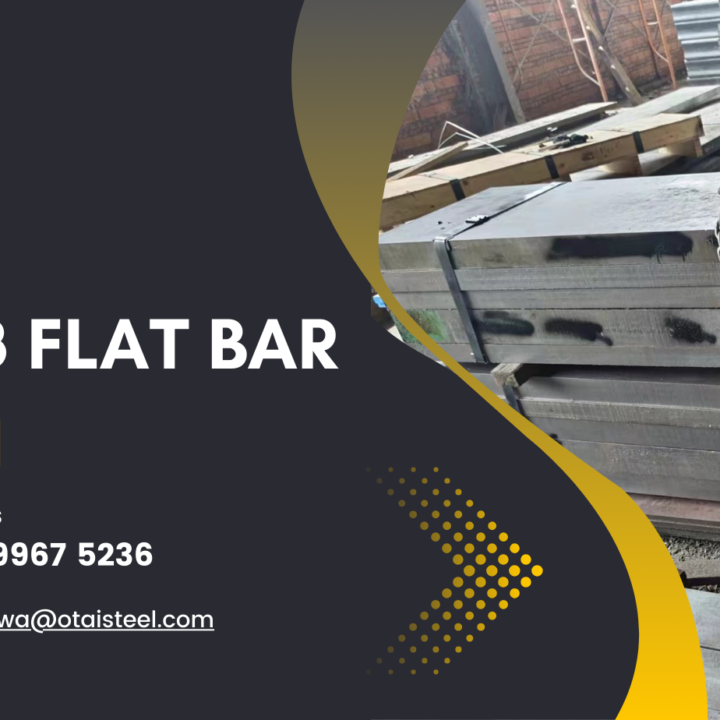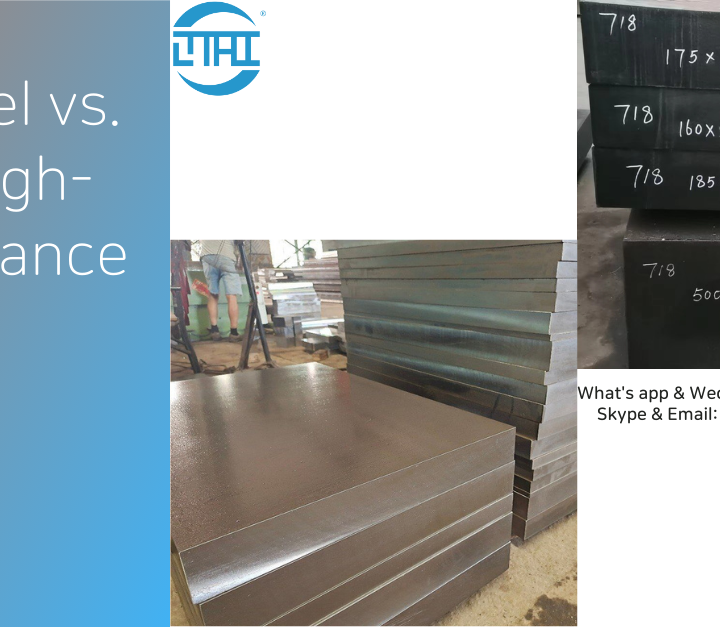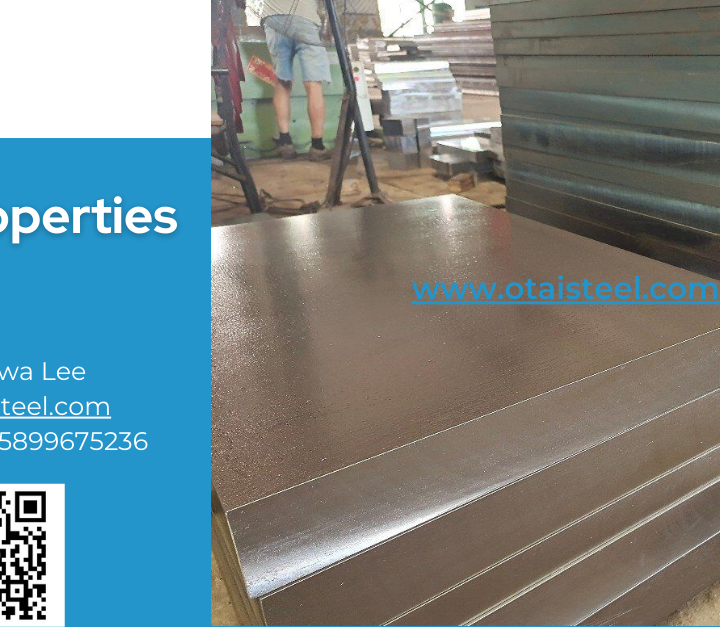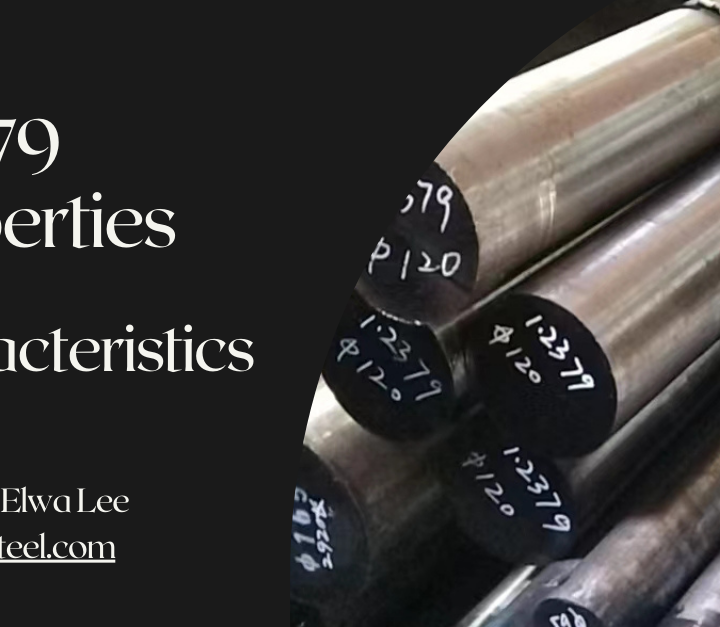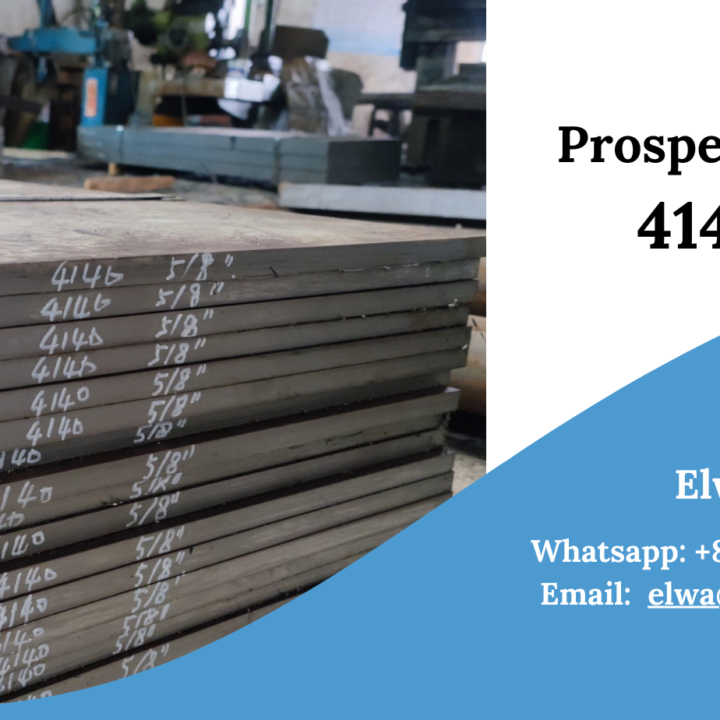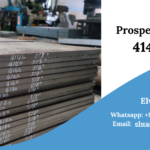Steel alloys are the backbone of numerous industrial applications, prized for their exceptional strength, durability, and versatility. Two such alloys, 4140 and 4130, often find themselves in the spotlight due to their remarkable properties. In this article, we will delve into a comprehensive comparison of 4140 and 4130 steel alloys, shedding light on their composition, mechanical characteristics, and diverse applications.
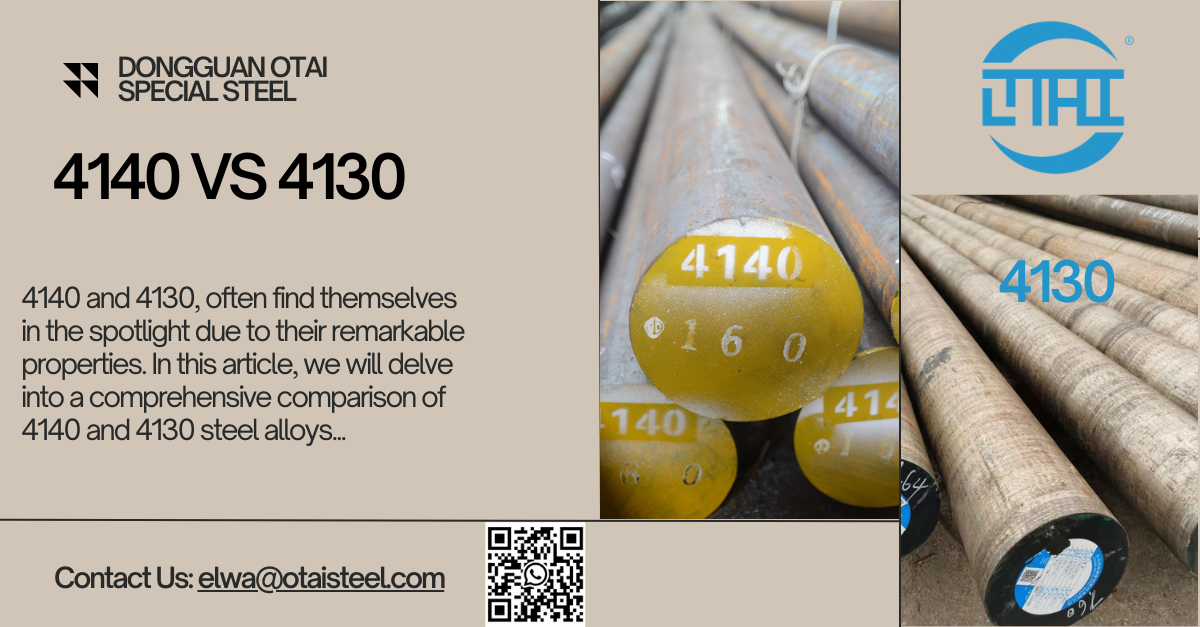
Composition
Let’s start by examining the elemental composition of 4140 and 4130 steel alloys, as this forms the foundation of their distinct properties.
4140 Steel:
- Iron (Fe): The base element.
- Chromium (Cr): Enhances hardness, wear resistance, and corrosion resistance.
- Molybdenum (Mo): Contributes to high-temperature strength and toughness.
- Carbon (C): Strengthens the alloy and improves hardness.
4130 Steel:
- Iron (Fe): The primary constituent.
- Chromium (Cr): Enhances corrosion resistance.
- Molybdenum (Mo): Improves strength and hardness.
- Carbon (C): Strengthens the alloy.
Mechanical Properties
4140 Steel:
- Tensile Strength: Approximately 655 MPa.
- Yield Strength: Around 415 MPa.
- Hardness (Rockwell C): Typically between 28 and 32 HRC.
- Impact Resistance: Good, making it suitable for applications requiring toughness.
4130 Steel:
- Tensile Strength: Approximately 560 MPa.
- Yield Strength: Roughly 360 MPa.
- Hardness (Rockwell C): Typically around 22 HRC.
- Impact Resistance: Lower than 4140, making it better suited for applications where toughness is less critical.
Applications
Both 4140 and 4130 steel alloys find applications in various industries, but their specific properties make them more suitable for certain tasks.
4140 Steel Applications:
- Aerospace: Aircraft landing gear components.
- Automotive: Axles, crankshafts, and gears.
- Oil and Gas: Drill collars, subs, and other downhole equipment.
- Machinery: High-stress machine parts.
4130 Steel Applications:
- Aerospace: Aircraft structural components.
- Motorsports: Roll cages, suspension components.
- Bicycles: Frames and handlebars.
- Oil and Gas: Non-critical components due to its lower toughness.
Weldability
4140 Steel Weldability:
- Can be challenging due to its higher carbon content.
- Requires preheating and post-welding heat treatment to prevent cracking.
- Experienced welders often work with 4140 steel to ensure quality joints.
4130 Steel Weldability:
- Relatively easy to weld.
- Requires minimal preheating and post-welding treatment.
- A preferred choice for applications requiring extensive welding.
Machinability
The machinability of a steel alloy can significantly impact manufacturing processes:
4140 Steel Machinability:
- Moderate machinability.
- Suitable for various machining operations but may require appropriate tooling.
4130 Steel Machinability:
- Good machinability.
- Easily machined, making it cost-effective for manufacturing.
Conclusion
In conclusion, both 4140 and 4130 steel alloys have their strengths and weaknesses, making them suitable for specific applications. 4140 steel excels in high-stress environments, where its superior strength and toughness are crucial. On the other hand, 4130 steel’s ease of welding and good machinability make it an excellent choice for applications where extensive fabrication is needed. Understanding the unique properties of these alloys is essential for making informed decisions in various industries, ensuring that the right material is used for the right job.
FAQs
Q1: Can 4140 and 4130 steel alloys be used interchangeably in all applications?
A1: No, they should not be used interchangeably. The choice between these alloys depends on specific application requirements, especially in terms of strength, toughness, and weldability.
Q2: Are there other steel alloys similar to 4140 and 4130?
A2: Yes, there are many steel alloys with varying compositions and properties. It’s essential to select the alloy that best suits the intended application.
Q3: Can 4130 steel be heat-treated to improve its mechanical properties?
A3: Yes, 4130 steel can be heat-treated to increase its hardness and strength, but the achievable properties may not match those of 4140 steel.
Q4: Are there any specialized applications where both 4140 and 4130 steel are used together?
A4: In some cases, these alloys may be combined in applications that require different properties in specific components. However, careful engineering and material selection are crucial in such cases.
